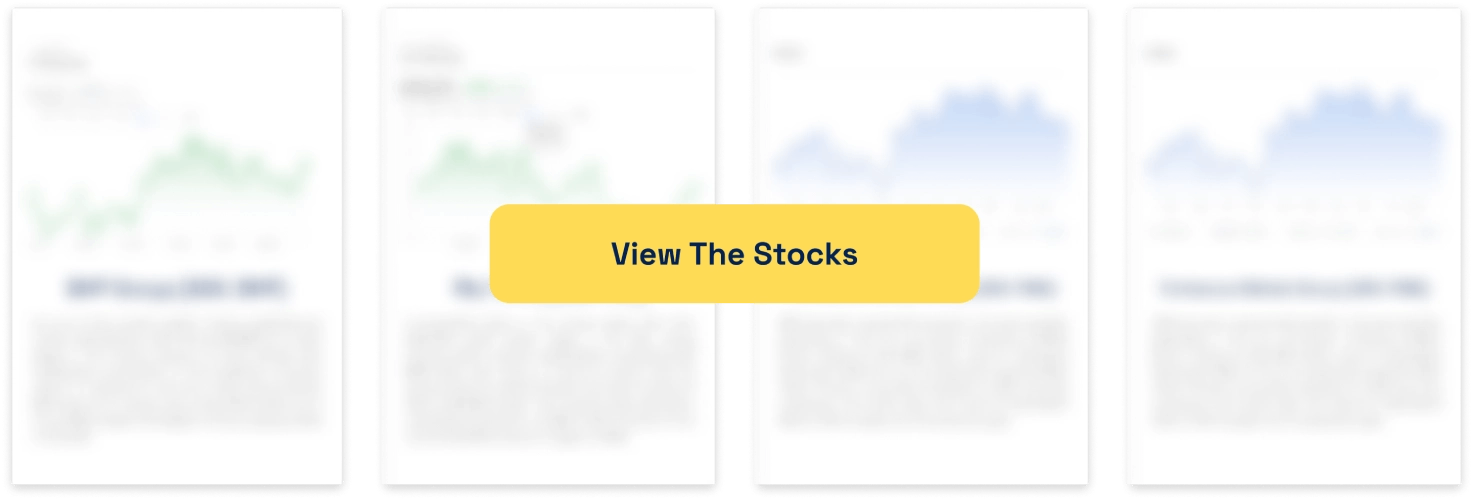Net Interest Margin: What is this important metric and which bank stocks have the highest?
Nick Sundich, May 7, 2024
Investors focused on the banking and financials sectors will commonly hear the term Net Interest Margin (NIM). In this article, we recap what it is, why it is important and which big bank stocks have the highest NIMs.
What is the Net Interest Margin?
Net Interest Margins (NIMs) refer to the difference between the interest income earned by a bank or financial institution and the interest paid out to its depositors. In other words, it is the gross profit margin that a financial institution makes on its lending activities.
Banks and other financial institutions earn income by charging interest on loans and other investments. They pay interest to depositors as an incentive for them to keep their money with the bank. The difference between the interest earned and the interest paid out is what determines the NIM.
Why are NIMs important?
NIMs are an important metric for banks and other financial institutions as they reflect the profitability of their lending activities. A higher NIM indicates that a bank is earning more on its lending activities, and is therefore more profitable.
NIMs are affected by a number of factors, including the interest rate environment, the level of competition in the market, and the type of loans and investments offered by the bank. For example, in a low-interest rate environment, it may be more difficult for banks to earn a high NIM, as the interest rates on their loans are lower. In addition, different types of loans and investments have different NIMs. For example, loans to riskier borrowers may have higher interest rates, but may also carry a higher risk of default, which can lower the NIM.
With interest rates rising, are NIMs rising too?
Usually they do, but not necessarily, for a few reasons. First, not all customers’ fixed terms on bank loans expire at once. Some won’t until later this year, or even in 2025. Secondly, because of the higher interest rates the banks will now have to pay to deposit holders. And third, the competition amongst the banks is strong as customers refinance en-masse. Banks have to offer incentives, such as cashbacks to get customers across the line or just to prevent existing customers from switching.
There is a reason why the term ‘Mortgage Wars‘ was being used. Namely, the intense competition between the banks to keep and retain existing customers as well as to obtain new ones, measures that sacrificed potential benefits to the NIM.
Which banks have the highest NIM?
Among the Big Four Banks, CBA had the highest at 1.99% during 1HY24. Turning to the others, NAB’s was 1.72%, Westpac’s was 1.89% and ANZ was 1.56%. Of course, some of these have subsidiaries that may have higher or lower NIMs – there are too many of them to delve into here.
Some smaller banks have higher NIMs. Judo Bank (ASX:JDO), for instance has an NIM of more than 3%, because it specialises in high-margin business loans.
NIMs are important
Overall, NIMs are an important metric for banks and financial institutions, and are closely monitored by investors and analysts. A strong NIM can indicate a strong and profitable business, while a weak NIM can be a cause for concern.
It is a metric that many investors will find intriguing to watch in the months ahead regardless of whether rate cuts happen this year, have to wait another year or (gasp) two, or if there are even one or two more rate rises coming from the RBA. Nonetheless, it is difficult to see them headed too higher from here if they couldn’t increase that substantially after 13 straight interest rate increases.
What are the Best ASX Stocks to invest in right now?
Check our buy/sell tips
Blog Categories
Get Our Top 5 ASX Stocks for FY25
Recent Posts
Is the S&P 500 Really Doomed to a ‘Lost Decade’? Goldman Sachs thinks so, but will it eventuate?
The term ‘Lost Decade’ gets thrown about a lot, but most recently to the next decade to the S&P 500.…
Halloween Stocks: Here are 5 ASX Stocks that Will Benefit from Halloween
Here are 5 ASX Halloween Stocks! The Reject Shop (ASX:TRS) The Reject Shop is one of Australia’s most notable…
Here’s Why ASX Mineral Sands Stocks Are Gaining Momentum & Our Top 2 Picks
Mineral sands are naturally occurring materials that are made up of heavy minerals like zircon, ilmenite, rutile, and more. These…



